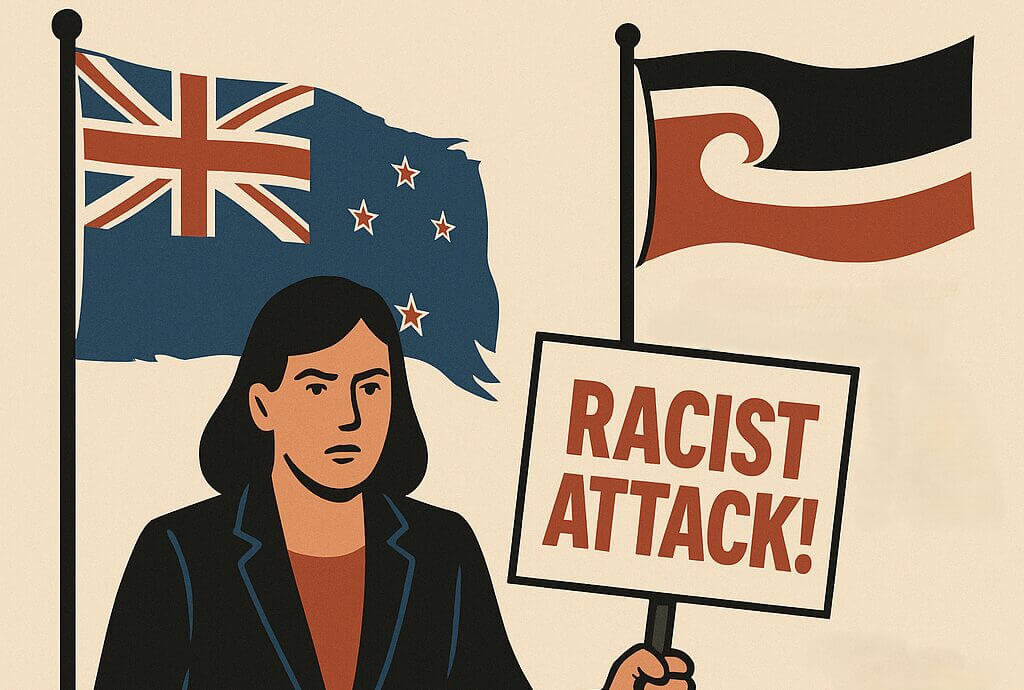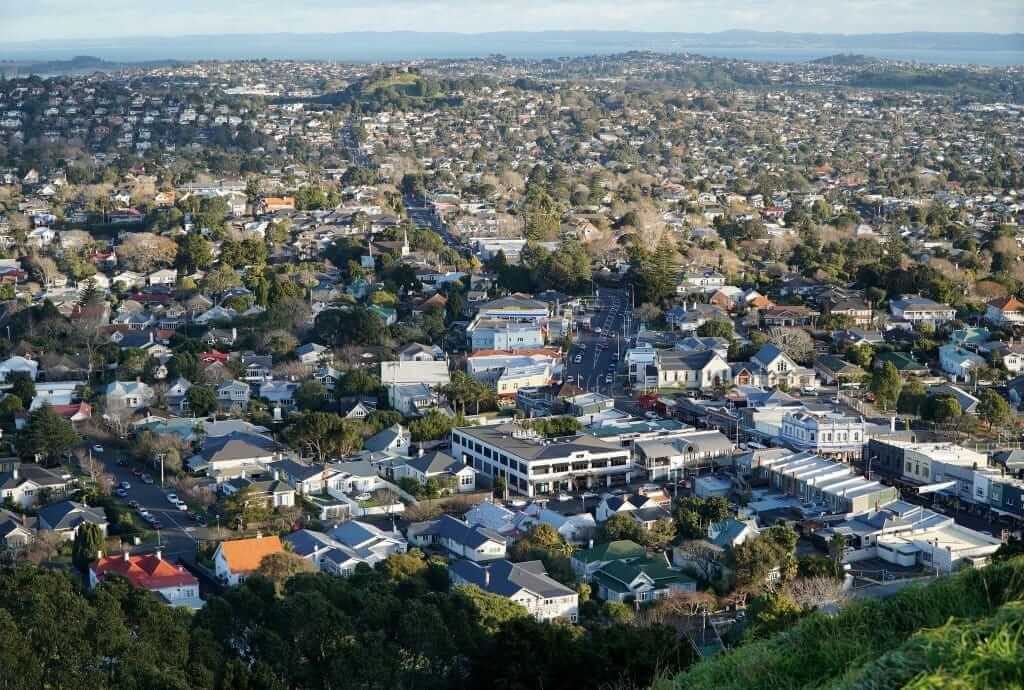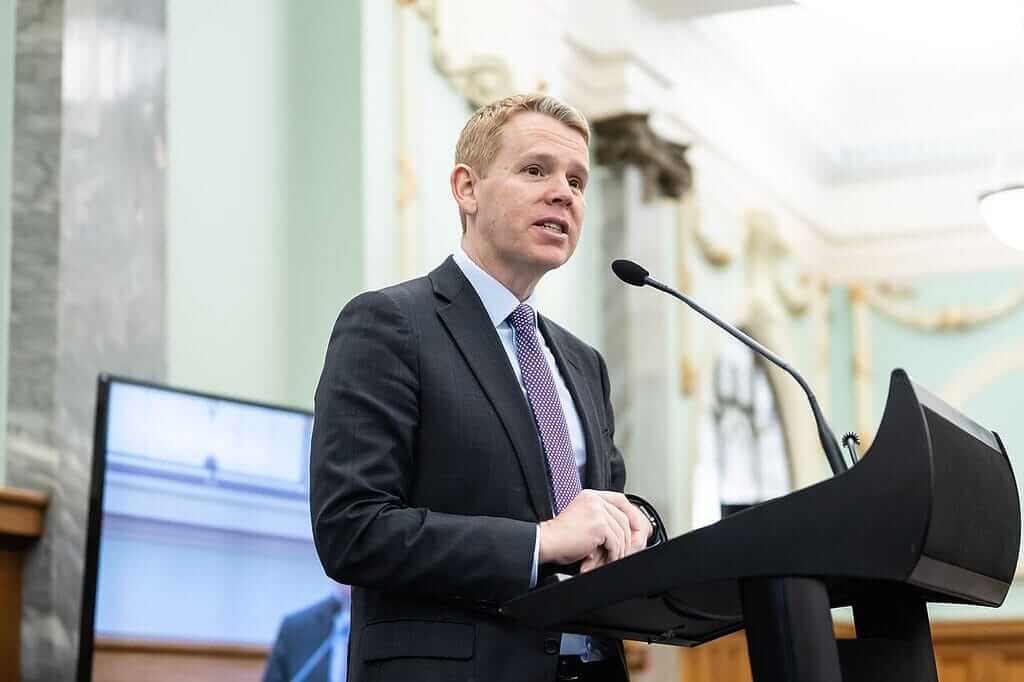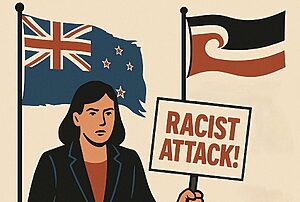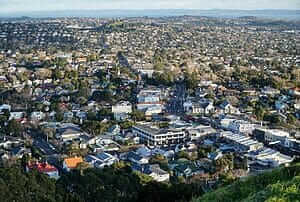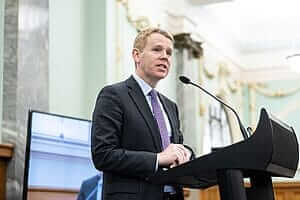On the rise
The Reserve Bank’s Official Cash Rate (OCR) – the interest rate set by the Bank that dictates all other interest rates – increased this week by 75bp bringing it to 4.25%.
A rising OCR pushes all interest rates higher, including mortgages. This is adding thousands of dollars a year to mortgage repayments. For example, a 1% interest rate increase for a 500k mortgage will lead to a 5k increase in yearly payments. Mortgage rates are generally at least 1.75% higher than the OCR and most mortgages in NZ are for 2 years or less so the increases will be felt quickly. In many countries mortgage interest rates are typically fixed for longer terms.
The hit to mortgage holders comes amid a historic bout of high inflation, which is already over 7% – up from around 2% in 2020. Annual inflation in the cost of food is particularly high at over 10%. The OCR hit a low of 0.25% in 2020 before its steady 400 basis point climb to the current rate of 4.25%. ANZ economists say the takeaway from the RBNZ announcement is simply “brace for impact”.
RBNZ suggests restraint in spending
Adrian Orr, whom the Labour government recently re-appointed as Reserve Bank governor, is strongly suggesting that both the Government and everyday Kiwi’s cut their spending and wages. A suggestion echoed by opposition leader Christopher Luxon, who on Wednesday repeated previous claims that the Government is spending a billion dollars more, every single week, than the last National Government did when they were in power in 2017.
The RBNZ has also been targeting higher unemployment in order to help bring consumer price inflation back down.
As an aside, research from the University of Otago suggest a causal link between rates of unemployment in an economy to the rate of suicide.
Orr admitted the RBNZ is manufacturing a recession as a means to get price inflation lower, predicting that New Zealand enters a recession in 2023.
“We are deliberately trying to slow aggregate spending in the economy. The quicker inflation expectations come down the less work we need to do and the less likely it is that we have a prolonged period of low or negative growth.” Reserve Bank Governor Adrian Orr said.
The Governor also sees the property market coming down 20% from its peak. This price reduction won’t necessarily be a benefit to those looking to buy homes, as borrowing will become much more expensive as the OCR continues to rise to its predicted peak of 5.5%.
With the RBNZ pointing to labor shortages contributing to rising CPI, National’s Immigration spokesperson Erica Stanford has raised the point that Kiwis are now paying the cost for failed immigration policy – saying the government has ignored warnings of labor shortages from the Treasury and Reserve Bank, and failed to make meaningful changes to immigration policy.
RBNZ printed around $67 billion dollars during COVID lockdowns through two programmes. They had an inflationary effect equal to a 90 basis point cut to OCR according to the RBNZ’s 5 year report.
The current round of brake pumping by the Reserve Bank has observers wondering if the overcooked response to COVID may be leading to an overcooked response in reserve rate increases. The fallout has unelected officials now demanding Kiwis tighten their belts ever further. How long this tightening will last is unknown.
Some global context
The actions of the RBNZ, both in printing money earlier and now increasing interest rates, fall in line with the general behaviour of most other central banks.

